From Summer Shine to Fall Fine: Smart Home Projects to Tackle Before the First Frost
Rabinder Dhillon • August 27, 2025
As patios wind down and pumpkin spice ramps up, fall is the perfect reset for your home—and your homeowner game plan. These quick wins boost comfort, curb appeal, and efficiency now, and set you up for a low-stress winter (and a strong spring market).
1) Safety & “silent leak” checks (Weekend-ready)
- Clean gutters & downspouts. Add leaf guards where trees overhang.
- Roof scan. Look for lifted shingles, cracked flashings, or moss.
- Seal the shell. Re-caulk window/door trim; replace weatherstripping.
- Test alarms. New batteries for smoke/CO detectors; add one near bedrooms.
Why it matters: Prevent water intrusion and heat loss before storms roll in.
2) Heat smarter, not harder
- Furnace/boiler tune-up and filter change.
- Smart thermostat with schedules and geofencing.
- Draft hunt. Foam gaskets behind outlets, door sweeps on exterior doors.
ROI tip: Efficiency upgrades lower monthly bills and can improve lender ratios if you’re eyeing a refinance later.
3) Fall-proof your yard (so spring you says “thanks”)
- Aerate + overseed + fall fertilize for thicker turf next year.
- Trim trees/shrubs away from siding and power lines.
- Mulch perennials and plant spring bulbs now.
- Shut off/bleed exterior taps and store hoses to avoid burst pipes.
4) Extend outdoor season (cozy edition)
- Portable fire pit or propane heater + layered blankets.
- Path/step lighting for darker evenings (solar or low-voltage).
- Weather-resistant storage for cushions/tools to preserve value.
Neighborhood curb appeal: Warm lighting and tidy beds make a big first impression if you list in shoulder season.
5) Water management = winter peace of mind
- Re-grade low spots and add downspout extensions (2–3+ metres).
- Check sump pump (and backup).
- Look for efflorescence or damp corners in the basement.
6) Mini-renos that punch above their weight
- Entry/mudroom upgrade: hooks, bench, boot trays, closed storage.
- Laundry room tune-up: counter over machines, sorting bins, task lighting.
- Kitchen refresh: new hardware, tap, and under-cabinet lighting in one afternoon.
Budget guide: Many of these land under a micro-reno budget—perfect for a modest line of credit.
7) Indoor air quality tune-up
- Deep clean vents and dryers (including the rigid duct).
- Add door mats (exterior + interior) to catch grit/salt.
- Houseplants or HEPA purifier for closed-window months.
Fast Timeline (pin this to the fridge)
Late August–September
- Gutters/downspouts, roof/caulking, HVAC service, lawn care, plant bulbs, exterior tap shut-off plan, path lighting.
October
- Weatherstripping/sweeps, fire pit setup, organize mudroom/garage, test alarms, sump check, downspout extensions, dryer vent cleaning.
Financing smarter: make your mortgage work for your home
- Annual mortgage check-in. As rates, income, and goals evolve, a quick review can free up cash flow or open options for a small fall project budget.
- HELOC vs. top-up refinance. For bite-size projects, a HELOC can be flexible. For bigger renos you plan to pay down, a top-up refi might make more sense.
- Bundle & prioritize. Knock out the high-impact, low-cost items first (air sealing, safety, water management) before the cosmetic upgrades.
Not sure which route fits your fall plans? We’ll run the numbers and map the best financing path for your specific budget and goals.
Quick Checklist (copy/paste)
- ☐ Clean gutters/downspouts; add guards
- ☐ Roof & flashing visual check
- ☐ Re-caulk, weatherstrip, add door sweeps
- ☐ HVAC service + new filter
- ☐ Aerate/overseed/fertilize; trim trees; plant bulbs
- ☐ Path & entry lighting
- ☐ Drain/bleed outdoor taps; store hoses
- ☐ Downspout extensions; sump test
- ☐ Dryer vent cleaning
- ☐ Mudroom/garage organization
- ☐ Schedule mortgage review / discuss HELOC vs refi
Ready to make fall your low-stress season?
Book a quick fall mortgage check-up—15 minutes to see if a small credit line or a tweak to your current mortgage could cover your priority projects without straining cash flow.

How to Use Your Mortgage to Finance Home Renovations Home renovations can be exciting—but they can also be expensive. Whether you're upgrading your kitchen, finishing the basement, or tackling a much-needed repair, the cost of materials and labour adds up quickly. If you don’t have all the cash on hand, don’t worry. There are smart ways to use mortgage financing to fund your renovation plans without derailing your financial stability. Here are three mortgage-related strategies that can help: 1. Refinancing Your Mortgage If you're already a homeowner, one of the most straightforward ways to access funds for renovations is through a mortgage refinance. This involves breaking your current mortgage and replacing it with a new one that includes the amount you need for your renovations. Key benefits: You can access up to 80% of your home’s appraised value , assuming you qualify. It may be possible to lower your interest rate or reduce your monthly payments. Timing tip: If your mortgage is up for renewal soon, refinancing at that time can help you avoid prepayment penalties. Even mid-term refinancing could make financial sense, depending on your existing rate and your renovation goals. 2. Home Equity Line of Credit (HELOC) If you have significant equity in your home, a Home Equity Line of Credit (HELOC) can offer flexible funding for renovations. A HELOC is a revolving credit line secured against your home, typically at a lower interest rate than unsecured borrowing. Why consider a HELOC? You only pay interest on the amount you use. You can access funds as needed, which is ideal for staged or ongoing renovations. You maintain the terms of your existing mortgage if you don’t want to refinance. Unlike a traditional loan, a HELOC allows you to borrow, repay, and borrow again—similar to how a credit card works, but with much lower rates. 3. Purchase Plus Improvements Mortgage If you're in the market for a new home and find a property that needs some work, a "Purchase Plus Improvements" mortgage could be a great option. This allows you to include renovation costs in your initial mortgage. How it works: The renovation funds are advanced based on a quote and are held in trust until the work is complete. The renovations must add value to the property and meet lender requirements. This type of mortgage lets you start with a home that might be more affordable upfront and customize it to your taste—all while building equity from day one. Final Thoughts Your home is likely your biggest investment, and upgrading it wisely can enhance both your comfort and its value. Mortgage financing can be a powerful tool to fund renovations without tapping into high-interest debt. The right solution depends on your unique financial situation, goals, and timing. Let’s chat about your options, run the numbers, and create a plan that works for you. 📞 Ready to renovate? Connect anytime to get started!

Fixed vs. Variable Rate Mortgages: Which One Fits Your Life? Whether you’re buying your first home, refinancing your current mortgage, or approaching renewal, one big decision stands in your way: fixed or variable rate? It’s a question many homeowners wrestle with—and the right answer depends on your goals, lifestyle, and risk tolerance. Let’s break down the key differences so you can move forward with confidence. Fixed Rate: Stability & Predictability A fixed-rate mortgage offers one major advantage: peace of mind . Your interest rate stays the same for the entire term—usually five years—regardless of what happens in the broader economy. Pros: Your monthly payment never changes during the term. Ideal if you value budgeting certainty. Shields you from rate increases. Cons: Fixed rates are usually higher than variable rates at the outset. Penalties for breaking your mortgage early can be steep , thanks to something called the Interest Rate Differential (IRD) —a complex and often costly formula used by lenders. In fact, IRD penalties have been known to reach up to 4.5% of your mortgage balance in some cases. That’s a lot to pay if you need to move, refinance, or restructure your mortgage before the end of your term. Variable Rate: Flexibility & Potential Savings With a variable-rate mortgage , your interest rate moves with the market—specifically, it adjusts based on changes to the lender’s prime rate. For example, if your mortgage is set at Prime minus 0.50% and prime is 6.00% , your rate would be 5.50% . If prime increases or decreases, your mortgage rate will change too. Pros: Typically starts out lower than a fixed rate. Penalties are simpler and smaller —usually just three months’ interest (often 2–2.5 mortgage payments). Historically, many Canadians have paid less overall interest with a variable mortgage. Cons: Your payment could increase if rates rise. Not ideal if rate fluctuations keep you up at night. The Penalty Factor: Why It Matters More Than You Think One of the biggest surprises for homeowners is the cost of breaking a mortgage early —something nearly 6 out of 10 Canadians do before their term ends. Fixed Rate = Unpredictable, potentially high penalty (IRD) Variable Rate = Predictable, usually lower penalty (3 months’ interest) Even if you don’t plan to break your mortgage, life happens—career changes, family needs, or new opportunities could shift your path. So, Which One is Best? There’s no one-size-fits-all answer. A fixed rate might be perfect for someone who wants stable budgeting and plans to stay put for years. A variable rate might work better for someone who’s financially flexible and open to market changes—or who may need to exit their mortgage early. Ultimately, the best mortgage is the one that fits your goals and your reality —not just what the bank recommends. Let's Find the Right Fit Choosing between fixed and variable isn’t just about numbers—it’s about understanding your needs, your future plans, and how much financial flexibility you want. Let’s sit down and walk through your options together. I’ll help you make an informed, confident choice—no guesswork required.


